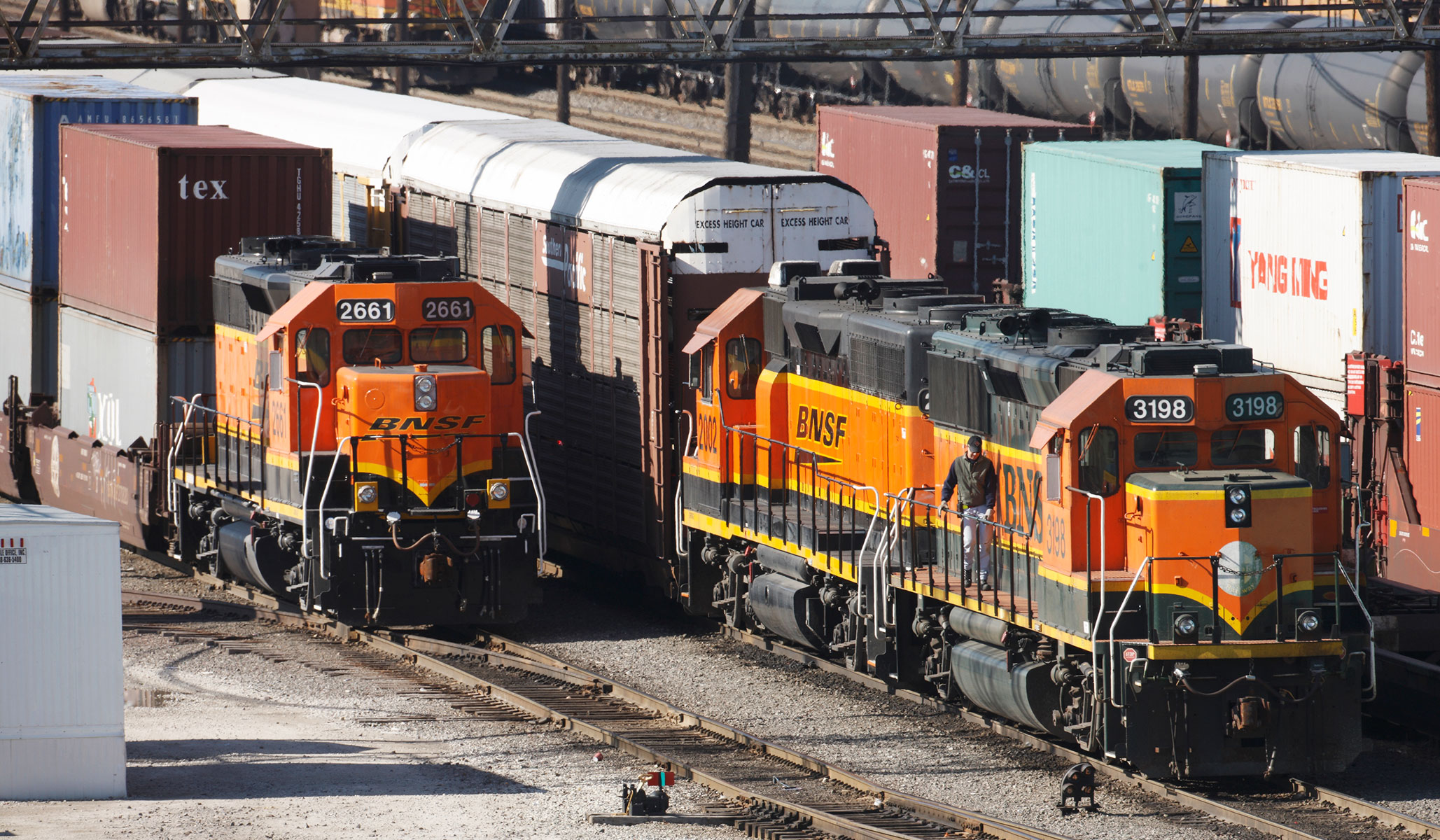


The rail-regulation bill championed by a handful of Republican senators and the entire Democratic caucus is currently stuck at 58 votes, two short of being able to clear the Senate’s filibuster. Republican Senate leadership is largely opposed to it, with minority whip John Thune and Commerce Committee ranking member Ted Cruz being vocal about it.
There’s a gem of a paragraph in a Politico piece today that is worth further attention:
The rail safety divide within the Republican Party is a microcosm of its realignment over the past few years: Former President Donald Trump supports it, but other than Sen. Mitt Romney (R-Utah), the effort gets almost all its GOP support from the party’s small yet growing populist wing. And unless the party’s establishment gets more fully on board, the safety plan Vance shaped with Sen. Sherrod Brown (D-Ohio) may stall out.
Let’s go point by point:
- “The rail safety divide within the Republican Party is a microcosm of its realignment over the past few years.” People have been trying to make it a “microcosm,” but it hasn’t really turned out to be one. Paul Waldman and Greg Sargent at the Washington Post wrote in February, “As some Republicans are trying to demonstrate a more populist, less reflexively anti-government bent, this provides an opportunity for them to show that they mean what they say.” Chris Griswold at Newsweek wrote in March, “What has followed from the dogmatic anti-government Right has been a textbook illustration of why its influence among conservatives is slipping so quickly.” A few months later, this bipartisan triumph over the “anti-government Right” has yielded only a handful of senators. The less-noted part of the opposition that the pro-government Right (?) will need to overcome is in the House, where the bill is even less popular among Republicans than it is in the Senate, as the Politico story notes. The last rail-related “test” of the “realignment” was the vote to amend the new labor contract under the Railway Labor Act to add seven days of paid sick leave. Six Republican senators voted with Democrats and the unions, but only three Republican House members did, and the amendment failed.
- “Former President Donald Trump supports it.” The fact that Trump endorsed the bill and still only a handful of Republicans support it is further confirmation that this “realignment” is more talked about than acted upon. Trump’s endorsement made no sense, as the bill contains regulations that his appointees at the Federal Railroad Administration rightly rejected when he was president. But logic aside, Republicans who otherwise cower in fear of crossing Trump have been largely unmoved by Trump’s support for this bill. It seems that at least on regulation, they believe in acting as Trump’s administration acted, which was in keeping with decades of conservative skepticism about the wisdom of regulators rather than adopting a bigger-government approach.
- “But other than Sen. Mitt Romney (R-Utah)” Mitt Romney? Deviating from conservative principles? Unheard of!
- “The effort gets almost all its GOP support from the party’s small yet growing populist wing.” Small, yes, but growing? The 2022 cycle went poorly for the more populist, Trump-endorsed GOP Senate candidates running in competitive states, with Blake Masters, Herschel Walker, and Mehmet Oz all losing. One of the only Republican Senate candidates who overperformed was Ron Johnson in Wisconsin, who is about as free-market as they come. As for the electorate, is there really a growing number of conservative voters in this country who think the federal government is good at regulation and should do more of it? I doubt most conservative voters have a strong opinion one way or the other on the specifics of this bill, but the idea that there’s a growing wing of the Republican Party calling out for more regulations seems hard to square with the populist complaints about the administrative state, especially when Democrats control the executive branch.
- “And unless the party’s establishment gets more fully on board, the safety plan Vance shaped with Sen. Sherrod Brown (D-Ohio) may stall out.” You’re going to have a hard time convincing a lot of Republican senators to vote for legislation when Sherrod Brown, one of the most progressive senators, is seen as a face of it. It makes sense that Vance and Brown would be leading on this issue, since the train accident that spurred the bill happened in their state. But framing the bill as a test of conservative senators’ ideology while simultaneously asking them to vote with Sherrod Brown (and all the Democrats on the Senate Commerce Committee and Chuck Schumer and Pete Buttigieg and Joe Biden) was always going to be a tough sell, and it has proven to be so.
